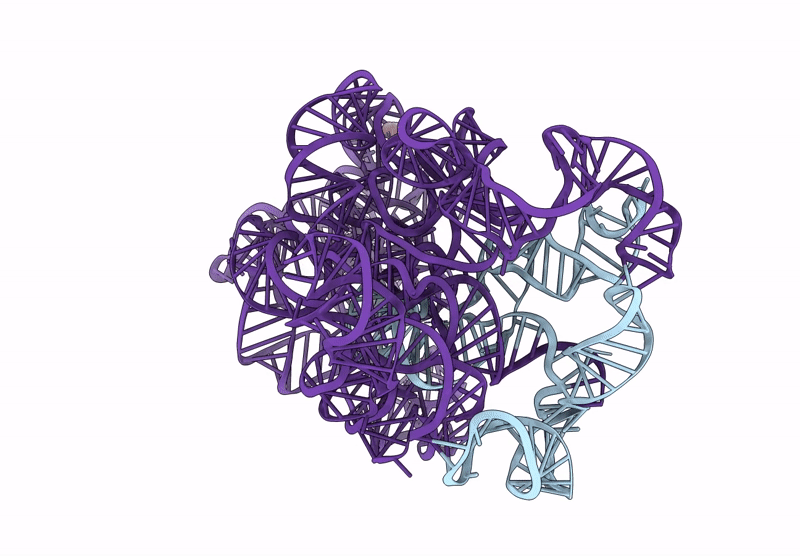
Deposition Date
2024-01-11
Release Date
2025-02-12
Last Version Date
2025-07-23
Entry Detail
PDB ID:
8XTP
Keywords:
Title:
Comamonas testosteroni KF-1 circularly permuted group II intron Post-2S state
Biological Source:
Source Organism:
Comamonas testosteroni KF-1 (Taxon ID: 399795)
Host Organism:
Method Details:
Experimental Method:
Resolution:
2.90 Å
Aggregation State:
PARTICLE
Reconstruction Method:
SINGLE PARTICLE


